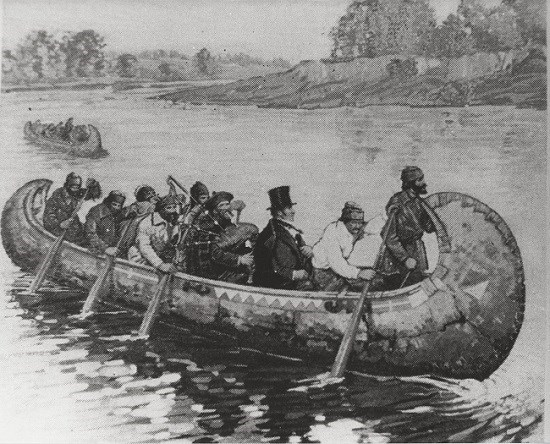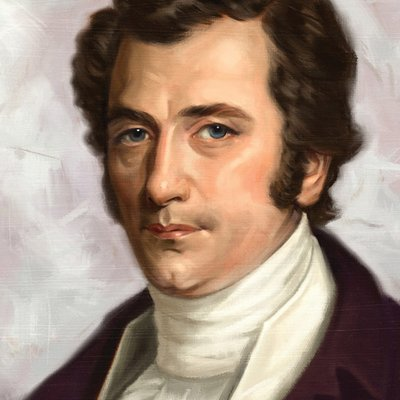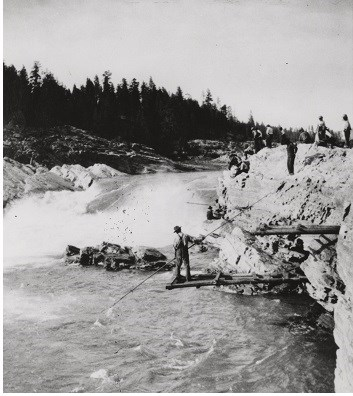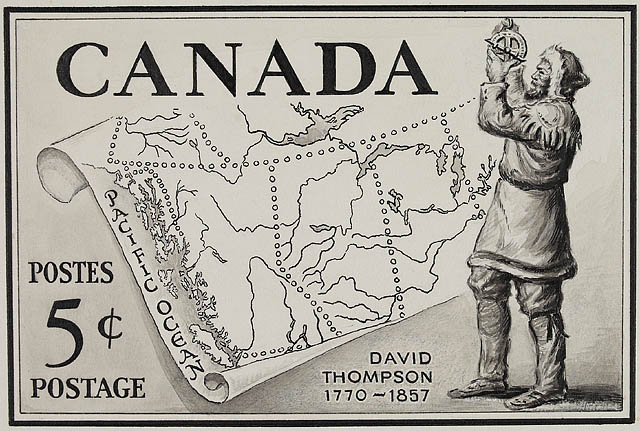When we think of the great explorers who shaped the modern map of North America, names like Lewis and Clark often take the spotlight. But long before the region was stitched into tidy borders, a British-born explorer named David Thompson was blazing trails across some of the continent’s most unforgiving terrain. Over the course of his career, Thompson journeyed an astonishing 90,000 kilometers across North America on foot, by canoe, and horseback.
What truly set him apart was not just his endurance or ambition. It was his reliance on the knowledge of Indigenous guides, particularly from the Peigan (Piikani) and Kootenay (Ktunaxa) nations. Their teachings helped him survive and succeed. Yet, in the pages of most textbooks, their names and stories are rarely mentioned.

Who Was David Thompson?
Born in 1770 in London, David Thompson came to North America at the age of 14 as an apprentice for the Hudson’s Bay Company. Though he began as a fur trader, his curiosity and talent for mathematics drew him into the world of surveying and cartography. What he accomplished with a compass, sextant, and quill would ultimately reshape how the world understood the geography of the North American West.
By the time he retired, Thompson had mapped nearly four million square kilometers of territory, stretching from the Great Lakes to the Pacific Ocean. These maps were so precise, they were still being used over a century later.

The Unsung Contributions of Indigenous Knowledge
Thompson’s detailed records often mention the Indigenous people who helped him but history hasn’t done the same. The Peigan and Kootenay people guided him through mountain passes, taught him how to navigate rivers, survive the harsh winters, and interpret the lands through their traditions and ecological wisdom.
Video:
HBC History Foundation – The Country of Adventurers: David Thompson narrated by Rick Hansen
In many of his journals, Thompson gave credit to these communities. He noted their guidance, their hospitality, and even their warnings about dangerous terrain. Still, when modern history books summarize his achievements, they often leave out those essential partners.
This erasure is not just unfair it is misleading. Thompson’s journey across Canada’s western frontier would have been impossible without Indigenous expertise. The land was not empty or unknown. It was deeply understood by the people who lived on it long before any European set foot there.
Why Weren’t Their Names Remembered?
There are many reasons why the names of Thompson’s Indigenous guides have been lost or ignored. Colonial bias and Eurocentric narratives played a major role. History was often written by those in power, and Indigenous contributions were minimized or entirely overlooked.
Additionally, some of the names recorded were anglicized or incomplete, making it hard for later generations to trace their identities. Oral histories that might have preserved these names were disrupted by centuries of displacement and assimilation policies.
This gap in historical memory is not just a footnote. It reflects how colonization has long tried to separate land from the people who know it best.

A Legacy Written on the Land
Today, many of the routes David Thompson took have become highways, towns, and railways. His maps were essential to Canadian expansion and development. Yet the human knowledge behind those maps has faded into the background.
Video:
What Will You Remember – David Thompson
There is growing recognition that explorers like Thompson did not chart these regions alone. Museums, universities, and Indigenous historians are now working to reintegrate these missing voices into the historical narrative. The goal is not to diminish Thompson’s accomplishments, but to make space for the fuller story one that honors both the mapmaker and the many hands that helped guide his way.
Why This Story Still Matters Today
Revisiting Thompson’s legacy is more than a history lesson. It’s a reminder of how knowledge is co-created, and how vital it is to credit those whose insight shaped the course of history.
Indigenous knowledge systems remain rich, dynamic, and relevant. From ecological management to spiritual practices tied to the land, these systems offer perspectives that can still teach us how to live more responsibly and respectfully in nature.
By recognizing the role of the Peigan and Kootenay peoples in Thompson’s journeys, we begin to repair a small piece of what history has overlooked.

Conclusion: Redrawing the Map of Memory
David Thompson’s work quite literally redrew the map of North America. But that map, brilliant as it was, left out some of its most important contributors. As we reexamine his legacy, it’s time we also redraw the map of memory including not just the lands crossed, but the hands that guided him.
In celebrating exploration, let us also celebrate collaboration. The silent wisdom that once led Thompson across rivers and ridgelines still echoes in the landscape. All we need to do is start listening.


